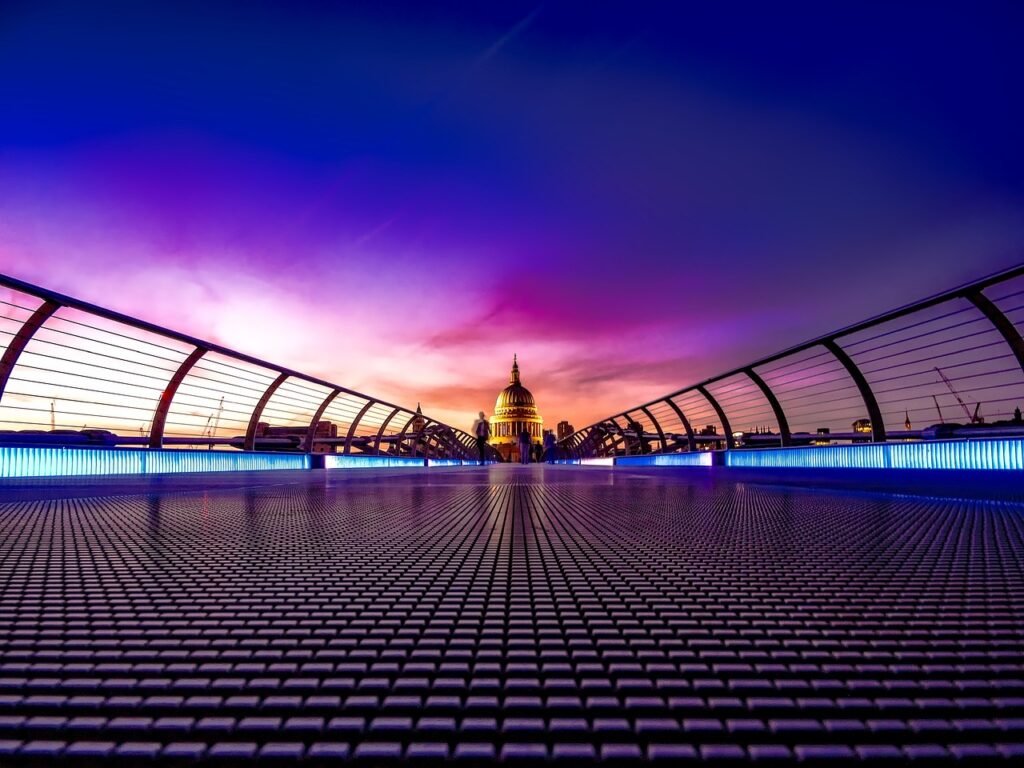
Intro
Navigating the Grit and Glory of London: From Ghettos to Safest Suburbs London, a city brimming with history, culture, and an undeniable charm, attracts millions of visitors each year.
However, like any major city, it has its share of areas that tourists might want to avoid. Understanding which neighborhoods to steer clear of can greatly enhance the safety and enjoyment of your visit.
This article aims to guide you through the complex tapestry of London’s neighborhoods, highlighting the safest areas in London as well as those considered the dangerous parts of London.
The Landscape of Safety in London

The perception of safety within the vast expanse of London can vary considerably, painting a mosaic of secure havens alongside pockets of areas with heightened caution.
As travelers ponder the safety of this historic city, it’s crucial to recognize the dynamic nature of its neighborhoods.
London, on a broader scale, is marked by its commitment to public safety, featuring an extensive network of CCTV cameras and a noticeable police presence, particularly in tourist-heavy and central areas. Yet, the level of safety can oscillate dramatically as one moves from one district to another.
In exploring the varied landscape of London’s safety, it’s imperative to distinguish between the experiences of daytime wandering and nocturnal adventures.
Most parts of the city present a welcoming and safe environment for daytime exploration, where bustling markets, serene parks, and cultural landmarks await.
However, the ambiance in certain districts can shift as night falls, necessitating a more cautious approach for those navigating the city after dark.
Familiarity with the geography of safety and risk in London is not just about earmarking places to avoid but understanding the nuances that define each neighborhood’s character.
Engaging with local knowledge and staying informed about areas with recent upticks in crime can empower visitors to make informed choices about their itineraries.
This approach ensures that the journey through London’s streets is marked by enjoyment and discovery, rather than apprehension, allowing the city’s vibrant culture and history to take center stage in the traveler’s experience.
Pinpointing the Areas of Concern

In the vast expanse of London, while many neighborhoods welcome tourists with open arms, certain locales have garnered attention for being less hospitable due to higher crime rates.
The east London neighborhoods, historically rough around the edges, still present areas of concern despite the gentrification of places like Shoreditch.
Specifically, regions within Newham and Lewisham have been noted for their heightened crime statistics, urging visitors to exercise additional caution.
In addition to these, the topic of safety in South London frequently emerges in discussions, with areas such as Brixton being at the forefront.
Although Brixton has blossomed into a cultural hotspot, its reputation for safety is still in the process of catching up with its reality.
Visitors are advised to maintain vigilance, especially during the nighttime, navigating the vibrant streets with a mindful eye on their surroundings.
The discourse around safety is not limited to these areas alone. Certain west and east London neighborhoods also come under scrutiny for varying reasons ranging from petty crimes to more serious concerns.
However, it’s paramount to understand that London’s landscape is ever-evolving, and areas previously marked by caution are now flourishing hubs of activity and culture.
As tourists, the key to a safe and enjoyable London experience lies in staying informed about the latest developments in these neighborhoods.
Engaging with up-to-date, local insights allows for a nuanced understanding of each area’s current state, helping to navigate the city’s mosaic of communities with confidence and ease.
The Notoriety of South London
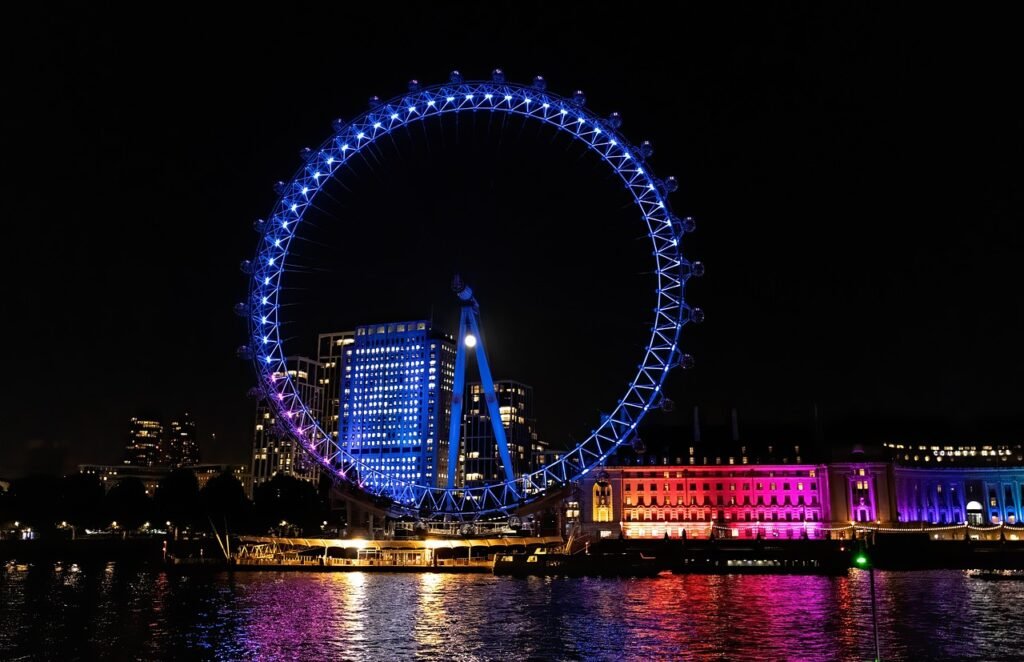
The discussion about South London’s safety often sparks varied opinions among locals and visitors alike.
This part of the city, with areas like Brixton at its core, has undergone considerable transformation over the years.
Once earmarked by some as a locale to approach with caution, today, it tells a story of regeneration and vibrancy.
Brixton, in particular, has emerged as a cultural beacon, teeming with life, offering eclectic dining, vibrant markets, and rich musical heritage.
Despite its blossoming cultural scene, the shadow of its past reputation for being part of south London dangerous sectors occasionally lingers in public perception.
Navigating South London requires an understanding that, like much of the city, it presents a tapestry of contrasts.
Daytime explorations reveal a community spirited and welcoming, with art spaces, cafes, and parks illustrating its lively atmosphere.
The narrative shifts slightly after sundown, where, akin to many bustling areas, vigilance becomes a companion to nocturnal adventures.
Keeping to well-lit, busier streets and maintaining an awareness of one’s surroundings is prudent advice for anyone exploring after dark.
The evolution of South London exemplifies the city’s broader narrative of change and resilience. While remnants of its tumultuous past remain, they are increasingly overshadowed by the positive developments that have reshaped this area into a destination worth experiencing.
Its story is a testament to London’s dynamic nature, reflecting a blend of historical depth with contemporary flair, illustrating that perceptions of safety often lag behind reality.
Understanding London’s East End

The East End of London, steeped in rich history and culture, has long been a melting pot of diversity and creativity.
This area, traditionally associated with the working class and known for its vibrant immigrant communities, has evolved significantly over the years.
Once the backdrop for infamous tales and a place marked by economic hardship, the East End today stands as a testament to urban regeneration and cultural renaissance.
Neighborhoods like Hackney, which might have previously raised eyebrows, are now celebrated for their eclectic art scenes, hip cafes, and vintage boutiques that attract a diverse crowd.
This transformation has not erased the East End’s spirited identity but rather added layers to its complex narrative.
The streets here are a canvas displaying the old and the new, from historic pubs that have served generations to modern art galleries that challenge the status quo.
The area’s markets, such as the bustling Brick Lane Market, offer a kaleidoscope of flavors, crafts, and experiences that epitomize the melting pot London is known for.
Despite its progress, the East End retains an edginess that is both alluring and cautionary. Its neighborhoods oscillate between trendy and gritty, offering a unique urban experience but also warranting mindful exploration.
Visitors are encouraged to embrace the vibrancy and authenticity of the East End while remaining vigilant, especially after dark.
The blend of heritage, artistry, and resilience in this part of London captures the essence of the city’s ever-changing landscape, making it an essential chapter in the narrative of London’s cultural and social evolution.
The Safest Areas in London
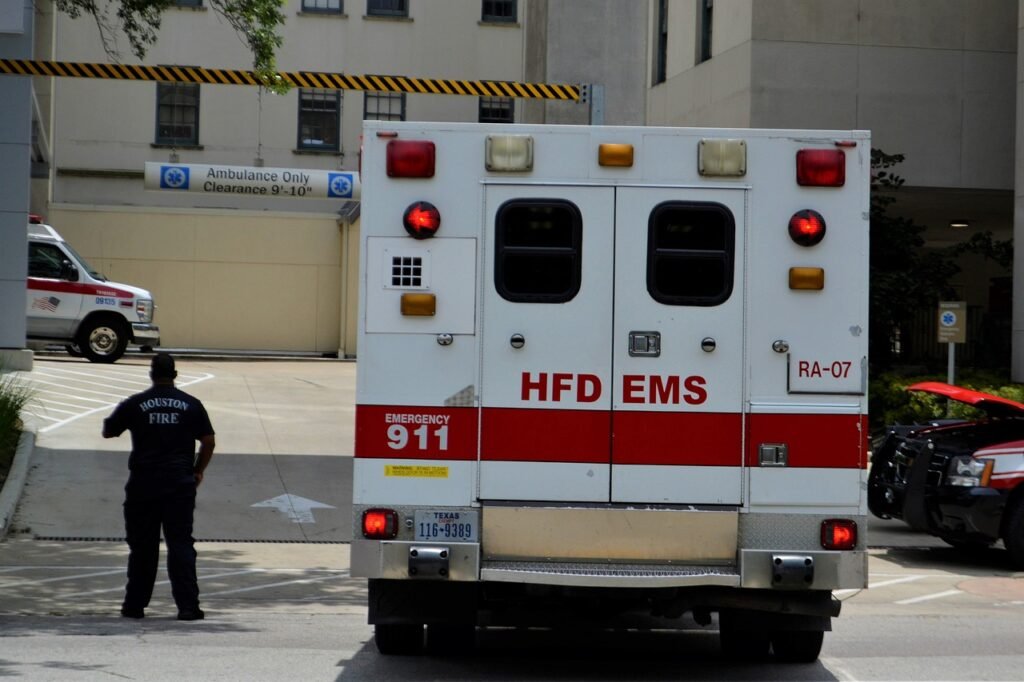
For travelers prioritizing tranquility and security during their stay, the west London neighborhoods stand out as the city’s safest havens.
Esteemed for their affluence and serenity, districts such as Kensington, Chelsea, and Richmond epitomize the city’s luxurious side while maintaining an impressive safety record.
These areas, nestled in the suburbs of London, present a picturesque escape with their sprawling parks, historical edifices, and boutique-lined streets.
Kensington, renowned for its majestic Kensington Palace and meticulously maintained gardens, offers visitors a glimpse into London’s royal heritage within a safe and refined setting.
Chelsea, with its chic ambiance, plays host to an array of high-end shopping experiences and fine dining establishments, all while ensuring a secure environment for its residents and visitors alike.
Meanwhile, Richmond appeals to those seeking a more laid-back vibe, with its expansive green spaces like Richmond Park, where the beauty of nature and wildlife flourishes away from the city’s clamor.
These neighborhoods are not just about opulence; they are among the few places in London where the peace of mind of tourists and locals alike is virtually guaranteed.
The well-patrolled streets, community-focused initiatives, and the overall low crime rates make these areas ideal for those who place a premium on safety during their London adventure.
While the vibrant pulse of London’s more bustling districts offers an undeniable allure, the west London neighborhoods provide a peaceful counterpoint, combining safety with the city’s characteristic charm and elegance.
London’s Reputational Extremes
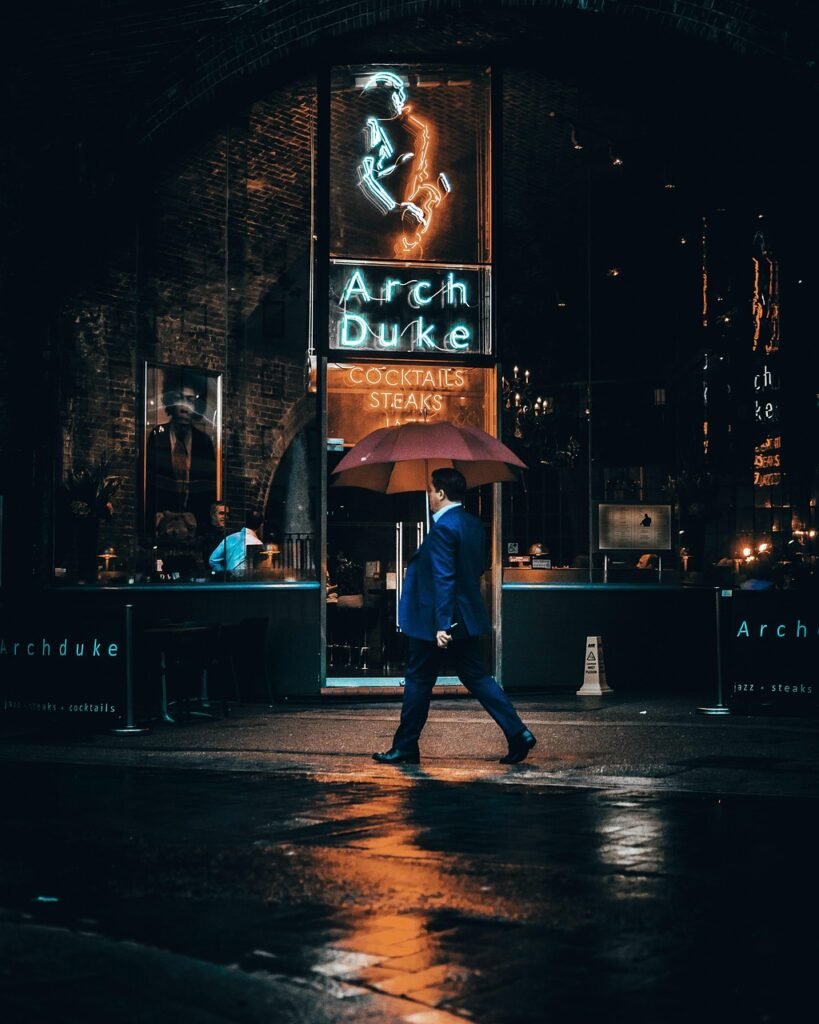
London embodies a remarkable spectrum of reputations, each neighborhood narrating a unique tale of vibrancy, resilience, and transformation.
The dichotomy between the city’s esteemed and scrutinized areas underscores its multifaceted allure, captivating a diverse array of individuals.
What is labeled as the worst part of London by some may be revered as a cultural gem by others, demonstrating the subjective nature of urban experience.
This diversity in perception is rooted in the city’s dynamic evolution, where efforts to revitalize and enhance safety in certain quarters are ongoing.
The narrative of London’s neighborhoods is one of continuous change, where communities strive to redefine their identities and dispel outdated stigmas.
The efforts to improve safety and quality of life in these areas are testament to the city’s resilience. Initiatives ranging from community policing to local beautification projects reflect a collective ambition to foster safer, more inclusive environments.
This constant state of flux challenges visitors and residents alike to look beyond preconceived notions, encouraging exploration with an open mind and a keen sense of awareness.
As parts of London previously earmarked with cautionary tales continue to evolve, so too does the opportunity for newfound appreciation and engagement with the city’s rich tapestry of life.
The conversation around London’s reputational extremes, therefore, is not just about highlighting disparities but about celebrating the progress and potential that lie within its diverse neighborhoods.
It is a reminder that the essence of London’s character is shaped as much by its historical shadows as by the light of its present achievements and future aspirations.
Navigating London Safely and Enjoyably

To navigate London both safely and enjoyably, it’s essential to blend caution with curiosity. While this historic city offers a wealth of remarkable sights and experiences, staying mindful of one’s surroundings is key to a fulfilling visit.
For a smooth experience, consider these practical tips: Always be vigilant of your possessions, especially in crowded places like markets, tourist landmarks, and public transport.
London’s extensive public transportation network is efficient and generally safe, yet being cautious during late-night travels can help avoid unwanted situations. Opt for reputable taxi services or rideshare apps when moving around the city after dark.
Exploring London’s lesser-known gems can lead to memorable adventures beyond the typical tourist trail. Engage with the city’s vibrant local life by visiting community markets, parks, and neighborhoods that showcase London’s diversity and cultural richness.
These areas often provide a deeper, more authentic experience of London, with the added benefit of fewer crowds.
Always make it a point to check the latest travel advice and local news for any updates on areas to avoid or recent changes in the city’s landscape. London’s dynamic nature means that neighborhoods can rapidly transform, offering new attractions or, conversely, new considerations for cautious exploration.
Lastly, interacting with locals can provide invaluable insights into the city’s safest and most engaging spots. Londoners are generally proud of their city and happy to share recommendations that can enhance your visit. By following these guidelines, you can confidently navigate London’s streets, enjoying the unparalleled mix of historical grandeur and contemporary life that this city uniquely offers.
Why SkyScanner Is Your Go-To for Budget-Friendly Flights
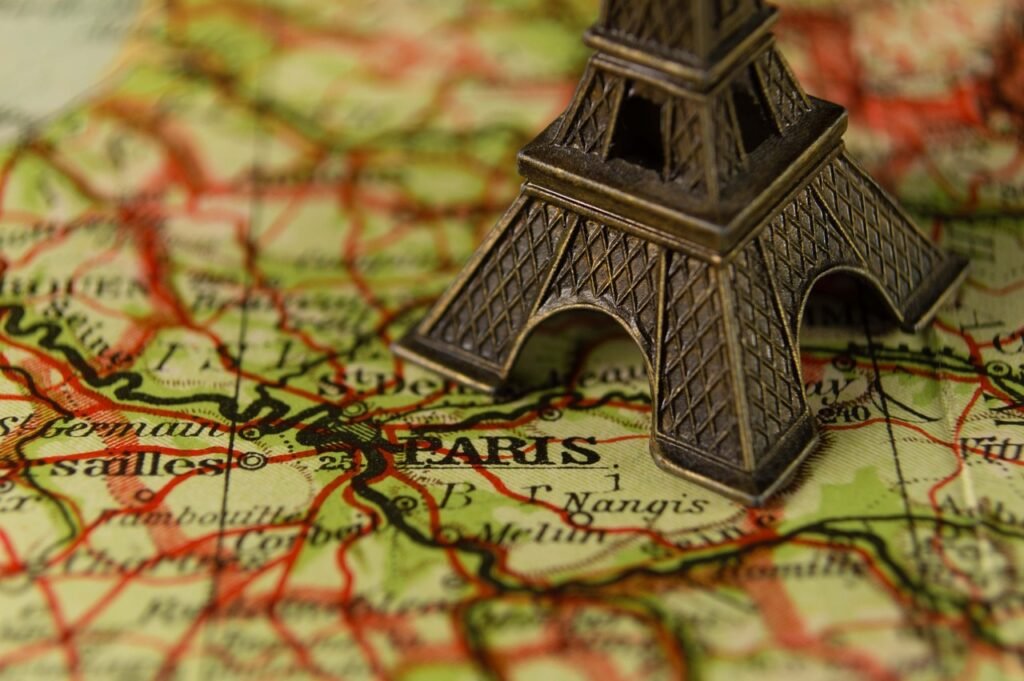
Embarking on a journey to explore the captivating city of London doesn’t have to break the bank, especially when it comes to booking your flight.
SkyScanner emerges as a stellar ally for travelers seeking to optimize their travel expenses without sacrificing quality.
What sets SkyScanner apart is its comprehensive approach to comparing flight prices across a multitude of airlines and travel agencies. This ensures that you’re not just getting a good deal, but the best one available.
The platform’s intuitive design simplifies the process of finding flights that align with your budget and travel dates, offering flexibility with options like ‘Cheapest month’ and ‘Everywhere’ search. These features are invaluable for those with flexible itineraries, allowing you to discover the most cost-effective times to fly or even inspiring your next destination based on affordability.
Additionally, SkyScanner’s commitment to transparency means no hidden fees or unexpected surprises. The price you see is the price you get, which is paramount for budget-conscious travelers planning their London escapade.
The ability to set up alerts for price drops on specific routes further enhances your chance to snag flights at their lowest prices, making your dream trip to London a reality without stretching your finances.
In the realm of travel planning, SkyScanner stands out not just as a tool for booking flights but as a partner in making travel more accessible and enjoyable.
Its user-centric features, coupled with the potential for significant savings, solidify SkyScanner’s position as the go-to platform for securing budget-friendly flights to London and beyond.